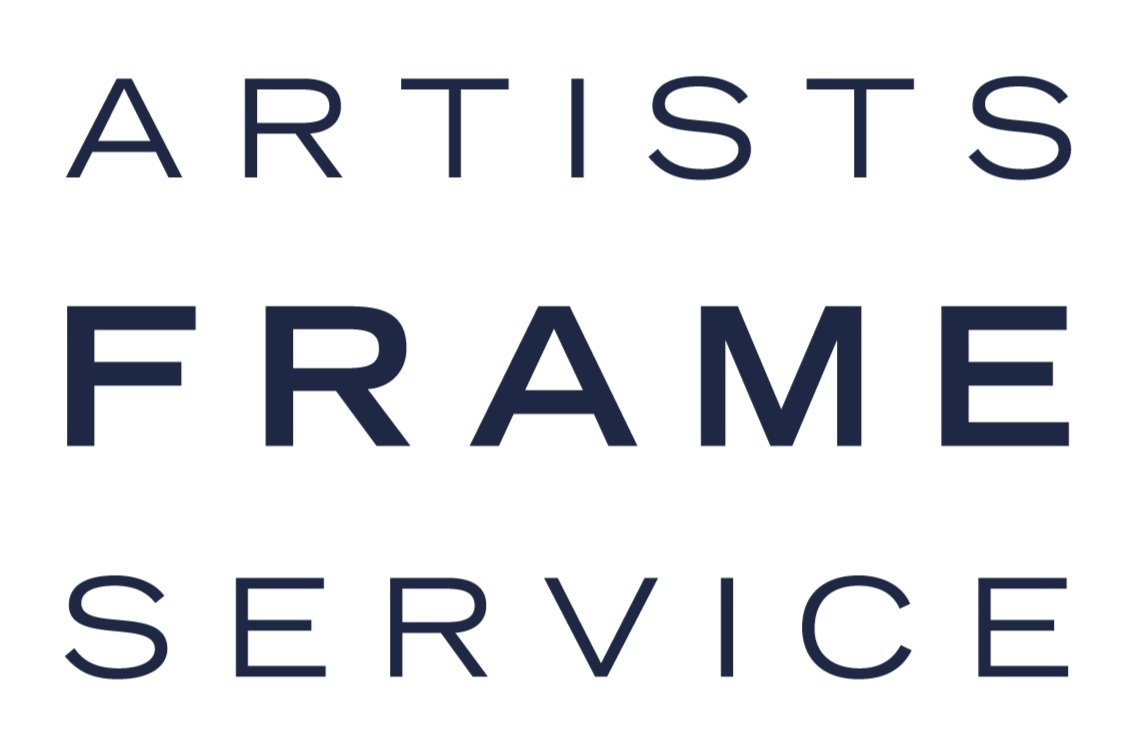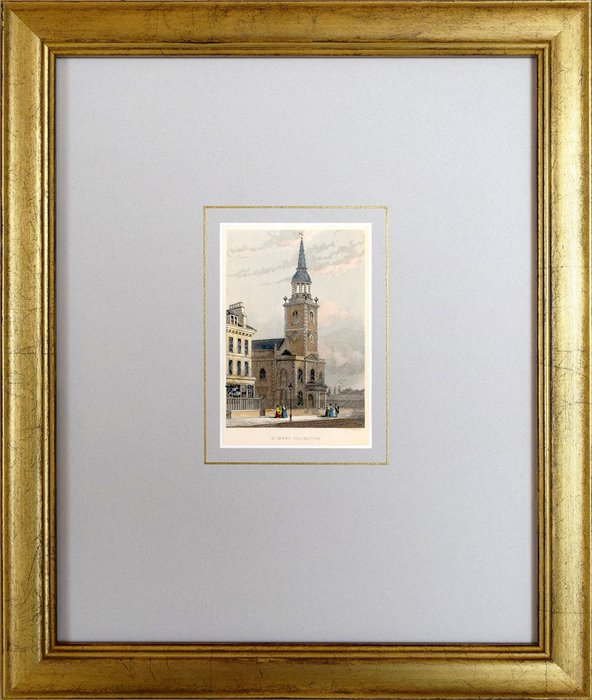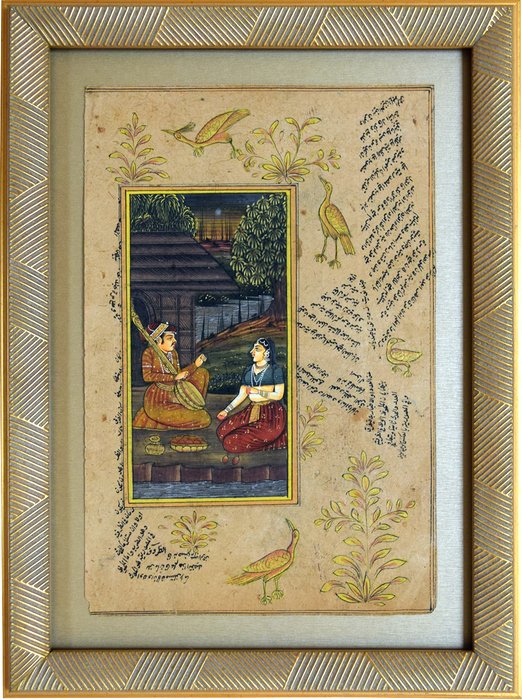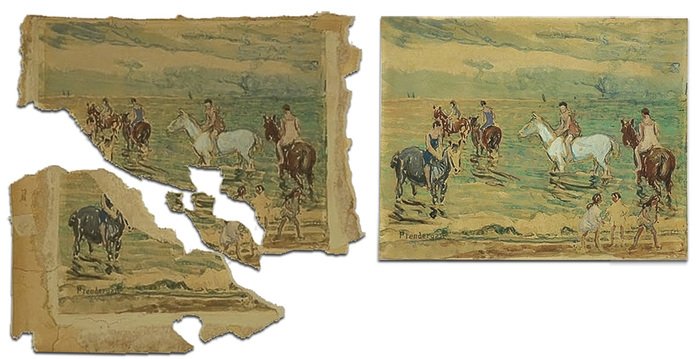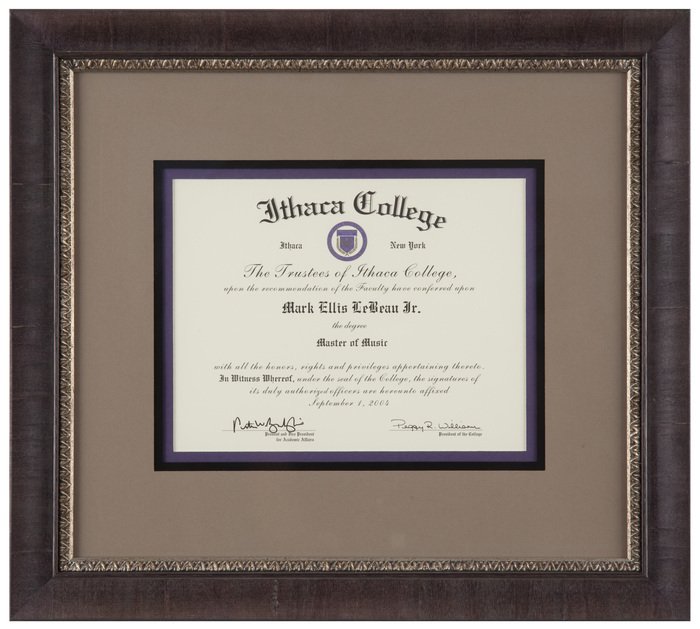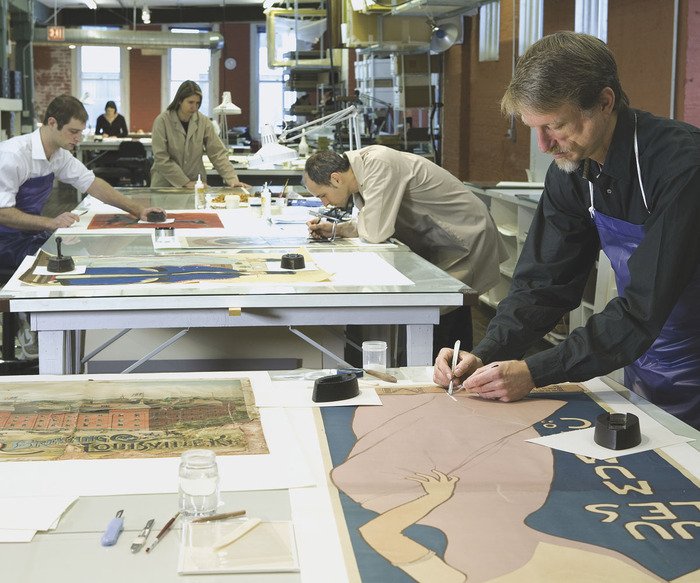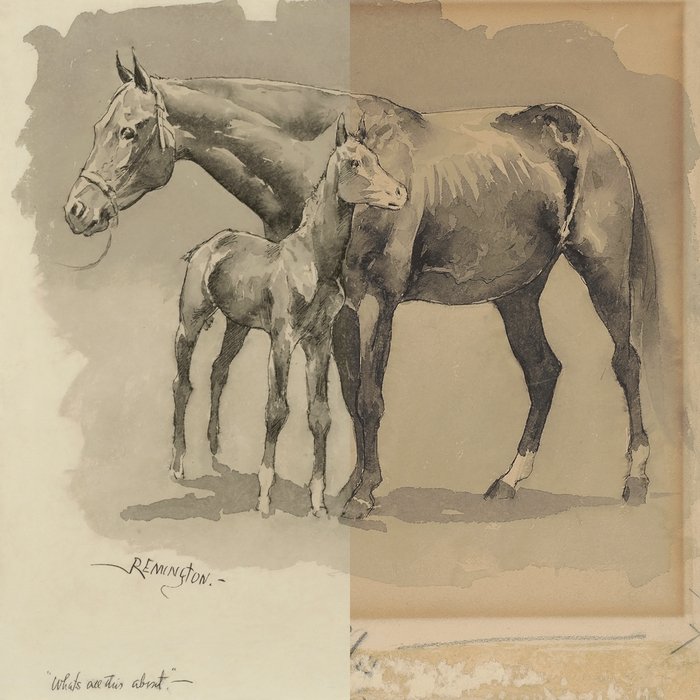What Is Conservation Framing?
Conservation Framing
So you have something valuable to frame? Whether it’s historical, collectible or sentimental, it’s often said the best way to preserve your art is to keep it wrapped flat in acid free materials and stored in a dark place.
But that’s no way for you or your artwork to live. Conservation framing is a term used to describe methods and materials used to ensure the object being framed is protected from harmful environmental factors. Below, we’ll walk you through five key things you need to know about this special process.
1. You may want a tan, but your art doesn’t. Glass selection is incredibly important in preservation framing as you need a glazing that filters out harmful UV rays. UV acrylic is another great option for larger pieces or when you’ll be displaying the piece in a high traffic or public area. UV coated materials are also available with anti-reflective coatings so you’ll only see the beautiful work, not a distracting glare.
2. What is old can be new again. Before you frame, you’ll want to give older pieces new life by allowing a professional restorer to treat it. From canvases and paper to textiles and photographs, an expert conservationist can repair signs of age and wear and tear.
3. Materials matter. All conservation framing should use archival materials. From 100% acid free cotton rag mat boards to alkaline buffered wood pulp, the materials used are the first line of defense against potential damage.
4. Design for the artwork, not for the room. If this is something you intend to keep forever and even pass down generations, this is especially crucial. Your framer should help you consider the room’s decor, but ultimately design to what works best for the art itself.
5. Most importantly, trust matters. There are so many nuances and evolving techniques when it comes to conservation framing. So perhaps the most important thing to know is that you need to put your trust in a seasoned framer to guide you through the process - from how to hinge properly to selecting the right backing to ensuring that any process used is reversible.
Our framing consultants have art backgrounds and an average of ten years of experience in the industry. This isn't a job to them, it's a profession and a passion.
Here’s just a few of the items we’ve been fortunate enough to help preserve forever:
Have something you want to preserve? Let us know, we’d love to help.
